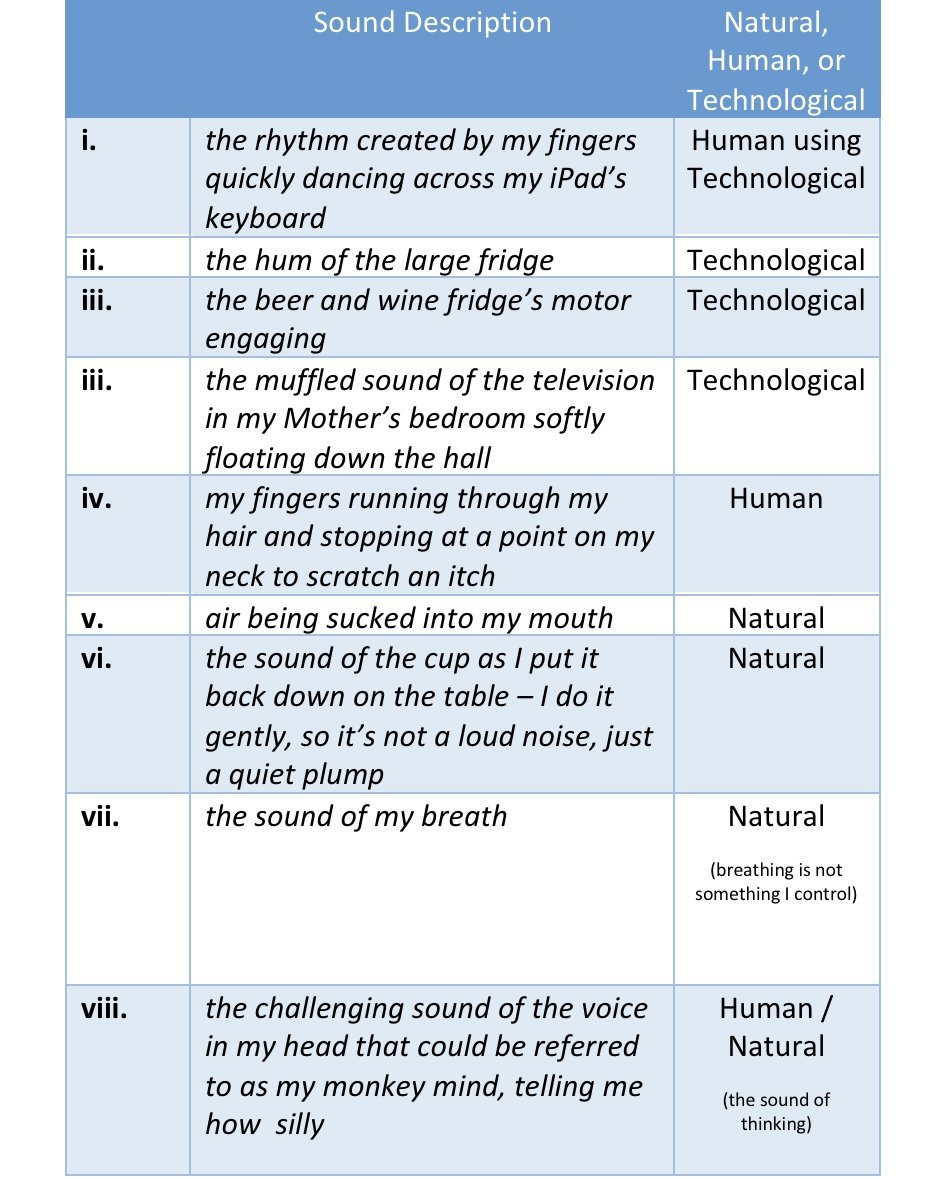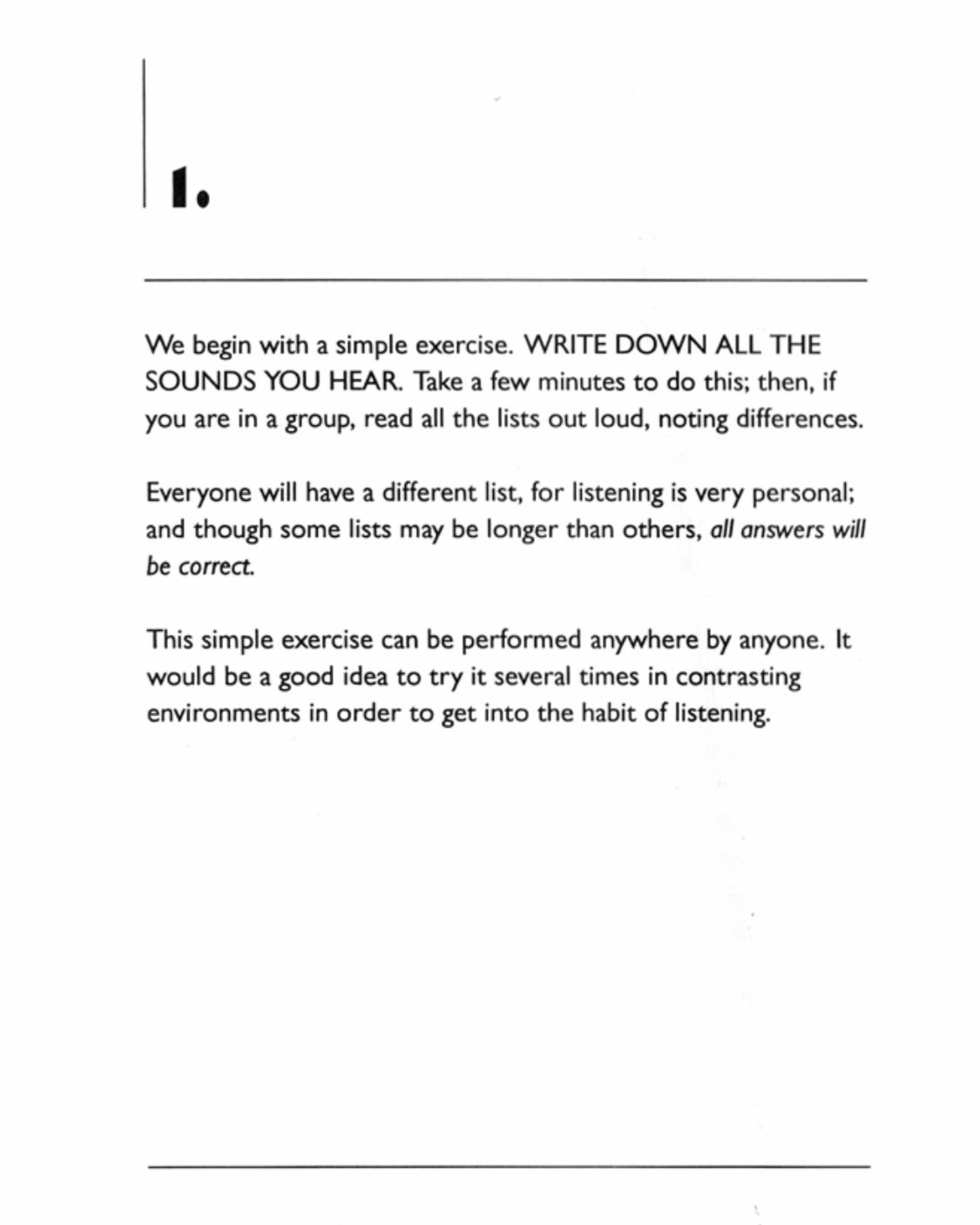This post serves as a record of my response to the third written exercise for my IDEA 2900 special topics course I took in the Spring 2022 semester at Kwantlen Polytechnic University.
Torbjørn Ekelund, in his book, IN PRAISE OF PATHS: WALKING THROUGH TIME AND NATURE, opens his discussion by quoting filmmaker Werner Herzog, who describes how:
“The world reveals itself to those who travel on foot.”
Herzog’s deceptively simple quote holds a lot of truth. For me, the most important truth is about how much deeper a connection I have when I leave my Nissan Pathfinder behind and take to walking. Sometimes, my SUV will take me to a place that I’ll explore. In those cases, I enjoy the anticipation of arriving at my destination. If the weather is nice, I’ll have my windows rolled down, with the music up loud. Sometimes, with my right hand on the wheel, I’ll gently stretch my left arm out of the window and let it ride the wind. I love the sound that the air makes as my SUV cuts through it, hurtling down a road. I suspect that there’s a distinct fluttering that’s unique to each model of car ever made, that only comes to life when somebody drives along with their windows rolled down. But, like I mentioned, when I’m away from my car, step by step, my feet are closer to the ground. In those moments where I go barefoot, I savour the feel of cool grass beneath the soles of my feet. I also enjoy moments when I can feel dirt between my toes. There’s a scene in the film DIE HARD, where Detective John McClaine is making fists with his toes on the carpet, to help relieve the tension and the stress he feels from time to time. This twenty‐nine second clip can be seen here:
It’s advice he was given by a fellow passenger on a plane ride he had just taken. The passenger described the act as being “…better than a shower and a hot cup of coffee.” This forty seven second clip can be seen here:
And in many ways he’s right, and what he describes is a kind of grounding, but for me I love to replace the carpet with grass or dirt. According to Daisy J Fable, in her April 14, 2020 article for THE GREATIST, called “Getting Grounded: How Dirt Makes you Happy,” , “Grounding, also known as earthing, is when humans make an electrical connection to the earth’s energies. The simplest form involves walking barefoot in the grass, dirt, or sand.” The concept of grounding I think beautifully ties back to the concept Herzog is hinting at with his quote – where the world reveals itself to those who travel on foot. By walking barefoot, the world reveals itself to us by letting us feel and be a part of its energy. Barefoot is also key in many ways, because when I wear my socks, sandals, or shoes, my connection to the Earth is severed.
But Herzog’s quote also ties into how our other senses connect us to the Earth. In relation to this course, with how sound impacts the experience. And more specifically, with how we pay attention to and respond to sounds we encounter. Wikipedia describes how:
“A soundwalk is a walk with a focus on listening to the environment. The term was first used by …composer R. Murray Schafer in Vancouver in the 1970s.”
It continues, noting how a soundwalk can be:
“…any excursion whose main purpose is listening to the environment. It is exposing our ears to every sound around us, no matter where we are.”
In his book, THE SOUNDSCAPE, Schafer notes how a soundwalk is a bit more complex than just a listening walk, noting how:
“A listening walk is simply a walk with a concentration on listening.”
And he further notes how:
“The soundwalk is an exploration of the soundscape of a given area using a score as a guide. The score consists of a map, drawing the listener’s attention to unusual sounds and ambiances to be heard along the way.”
In my second reflection for this class, I referenced Pedro Lasch and Mathias Hinke, and how they described the concept of perspective in their Coursera course, EXPERIMENTS WITH SOUND. Specifically, they described a global perspective of all the sounds in a café as representing:
“…an orchestra … (and) all the different instruments that make sound in that performance.”
I think perhaps, this is representative of exploring a soundscape using a score as a guide.
In terms of my own soundwalks, at the start of the semester I was trying to do a ten kilometer walk everyday, usually after 9:00 pm, and often closer to midnight. I then did one walk during the day along the same route, to provide myself with a point of contrast. I liked walking at night, because it was so quiet. I could be at peace with myself, and navigate the roads more easily, as I didn’t have to keep clear of cars or even other people. In all honesty, at night, there was no orchestra, or deep layering of sound.
As I became more confident, I’d venture through the thicker wooded areas of the Sunnyside Urban Forrest, where on a clear moonlit light, the grey pebbled trails lit up just enough that I could see the path before me without having to use a handheld torch or the flashlight of my iPhone. When it snowed in January, these wooded areas were even brighter, as the white of the snow reflected what little ambient light there was, making it feel as though I was walking through some kind of dream. When I ventured through the forest, the most prominent sound I could hear was the crunch, crunch, crunch of the pebbled trail beneath my feet. When I’d stop walking, it would feel silent but then I could hear off in the distance the sounds of the odd car passing by the area I was in, but it wasn’t a constant droll, it was an undulating rise and fall of the odd vehicle. When there was no sound of vehicles, sometimes I could hear a light breeze rustling through the canopy. And at other times, I could hear the sound of my own breath.
During the day, there was a lot more activity. I noticed the sound of the vehicles was steady, even if it was a good distance away. There wasn’t really an eb and flow to it. It perfectly personified a kind of white noise. One sound that existed during the day that didn’t exist at night was the sounds of children playing. Their joyful shouts and playful screaming peeled over and under the air. Ultimately, I found that this contrast between the sounds I heard during the day and the few I heard during the night really did tie back on my own ability to be present with myself, from moment to moment. Salome Voegelin, in her book LISTENING TO NOISE touches on this ability to listen deeply to oneself, when she says how:
When there is nothing to hear, so much starts to sound. Silence is not the absence of sound but the beginning of listening. This is listening as a generative process not of noises external to me, but from inside, from the body, where my subjectivity is at the centre of the sound production, audible to myself. Silence reveals to me my own sounds: my head, my stomach, my body becomes their conductor.
Silence is possibly the most lucid moment of one’s experiential production of sound. In silence I comprehend, physically, the idea of intersubjective listening: I am in the soundscape through my listening to it and in turn the soundscape is what I listen to, perpetually in the present. Silence confirms the soundscape as a sonic life‐world, and clarifies the notion that sound is a relationship not between things but just a relationship, passing through my ears. The quiet sounds do not belong to a visual source; they sound out of silence the being of the house and myself as being within it.
Finally, I find myself moving back to Ekelund, who nicely describes the changing environment of where I live in South Surrey, British Columbia, from a rural landscape dotted with trees and small farmland, into a mix of a metropolitan and sprawling suburban landscape. Specifically, Ekelund illustrates how:
When I was a child, paths were a common thread that ran consistently throughout my life. Walking was a natural part of being; there was no way around it. Paths were everywhere.
Then I grew up and began working in an office. The paths disappeared out of my life, as did movement. Signs pointed out where I should go. Asphalt ensured all my steps were even. Street lamps drove away the dark. Gates and curbs guided me in the right direction.
I no longer discovered things. I no longer had to look around at my surroundings to figure out where I was and where to go. I no longer needed to trust my own judgement and decide on the best direction. A life of movement had shifted to a static one. I drove a car to get somewhere, and if I wanted to go somewhere but did not have access to a car, I often decided I might as well stay home.
I’ve found the paths in my own life have disappeared with time. Every week it feels as if another swath of the rural landscape is bulldozed. In many ways, Ekelund’s description from IN PRAISE OF PATHS is reminiscent of the 1970s Joni Mitchel song, BIG YELLOW TAXI, where she describes how
“…they paved paradise and put up a parking lot.”
INSTRUCTOR FEEDBACK
“Dear Steven,
I will not be commenting about this assignment in too much detail, as I have done in your previous assignment. However, I would definitely like to commend you for your ingenious connections between quotes that you have drawn from readings, movie clips, and even music. I really enjoyed the reference you made from Ekelund to Joni Mitchel. That was simply brilliant! I truly appreciate your detailed descriptions and the fact that you did the soundwalks on dark nights and during the day as well. Thank you for your efforts and I am glad that these experiences have provided a source of joy and that you felt more grounded from these moments. I hope you continue to pave many more different paths and seek out many more connections that will lead you to greater understanding, peace, and contentedness. Thank you for your beautiful thoughts and writing.”
Grade for Reflection 3: 95/100






